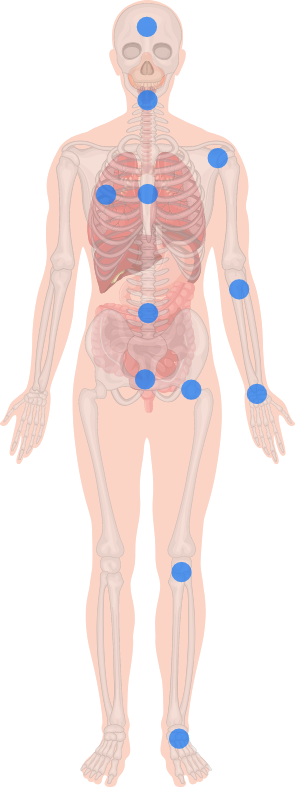Topic



The lateral meniscus is one of the two C-shaped pieces of fibrocartilage located within the knee joint. It is situated on the lateral (outer) side of the knee, while the other meniscus, called the medial meniscus, is located on the medial (inner) side of the knee. The lateral meniscus plays a crucial role in cushioning and stabilizing the knee joint, as well as promoting smooth movement and distributing forces.
Here are some key features and anatomical details of the lateral meniscus:
Shape: The lateral meniscus has a C-shaped configuration, which allows it to conform to the rounded shape of the lateral condyle of the femur (thigh bone). Its outer rim is thicker and more firmly attached to the joint capsule compared to the inner rim.
Attachment: The lateral meniscus is firmly attached to the tibia (shin bone) along its periphery. It is connected to the tibia by several ligaments, including the coronary ligament (which attaches it to the tibial plateau) and the transverse ligament (which connects its anterior and posterior horns).
Anterior and Posterior Horns: The lateral meniscus has two distinct ends called the anterior and posterior horns. The anterior horn is attached to the anterior intercondylar area of the tibia, while the posterior horn is connected to the posterior intercondylar area. These attachments help to anchor the meniscus and provide stability.
Blood Supply: The blood supply to the lateral meniscus is relatively limited compared to the medial meniscus. The outer third of the meniscus, known as the red-red zone, receives a sufficient blood supply, allowing for potential healing if injured. The middle third, called the red-white zone, has a moderate blood supply, while the inner third, known as the white-white zone, has a poor blood supply and is less likely to heal spontaneously.
Function: The lateral meniscus acts as a shock absorber, helping to distribute the load and forces across the knee joint. It also enhances joint stability and provides lubrication for smooth movement. Additionally, the lateral meniscus assists in maintaining proper joint alignment and protecting the articular cartilage surfaces of the femur and tibia.
MRI imaging appearance
T1-weighted (T1W) sequence: This sequence provides good anatomical detail and is useful for evaluating the meniscus in terms of its shape, size, and position. On T1W images, the normal meniscus appears as a low signal intensity structure, darker than the surrounding tissues.
T2-weighted (T2W) sequence: T2W images are sensitive to fluid content and provide excellent visualization of meniscal tears. The normal meniscus appears as a dark low signal intensity structure on T2W images.
Proton density-weighted (PDW) sequence: PDW images provide a balance between T1W and T2W sequences and are helpful in evaluating the meniscal integrity. The signal intensity of the meniscus on PDW images is intermediate between T1W and T2W sequences. PDW sequences can provide additional information about meniscal tears and degenerative changes.

